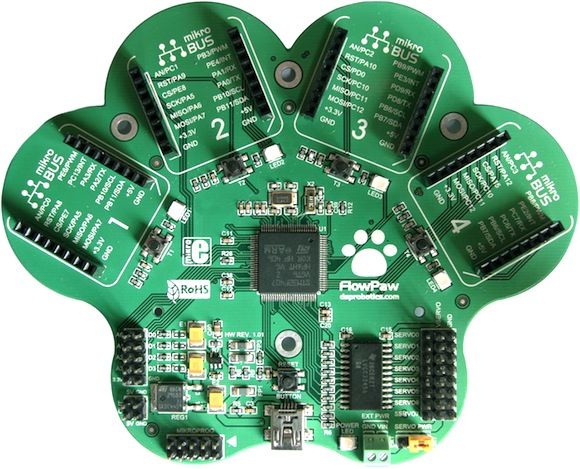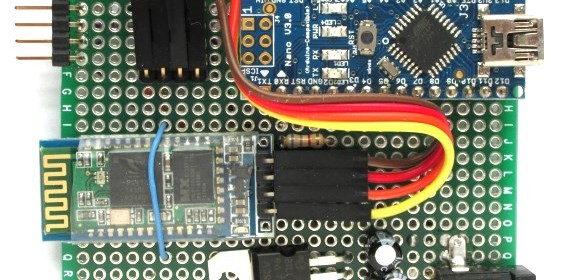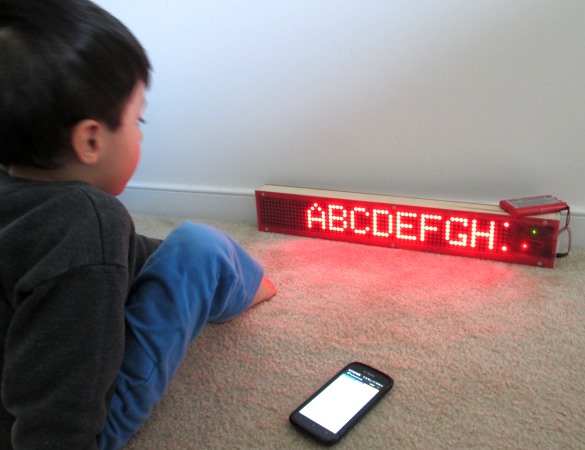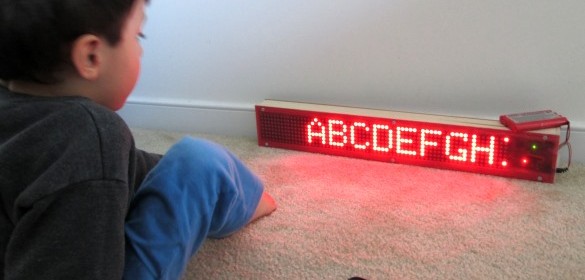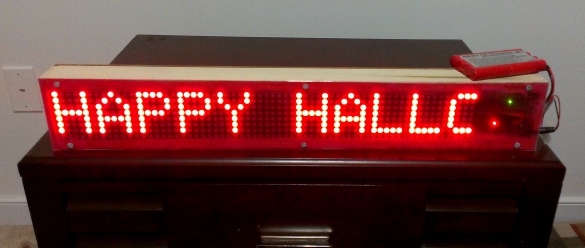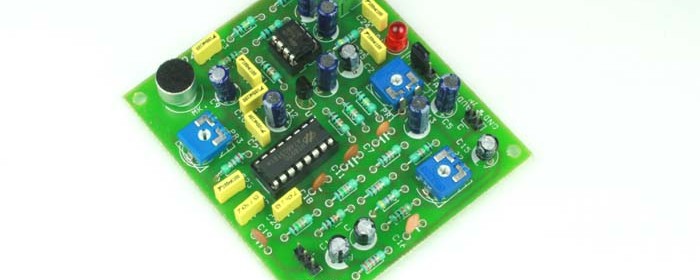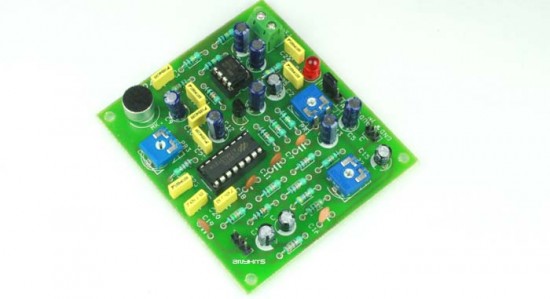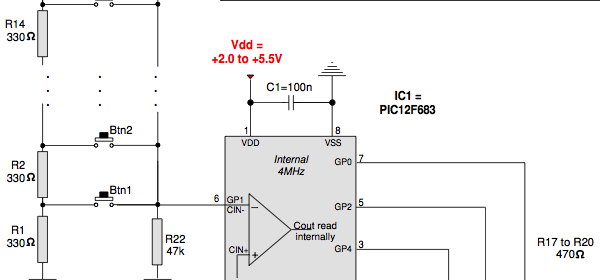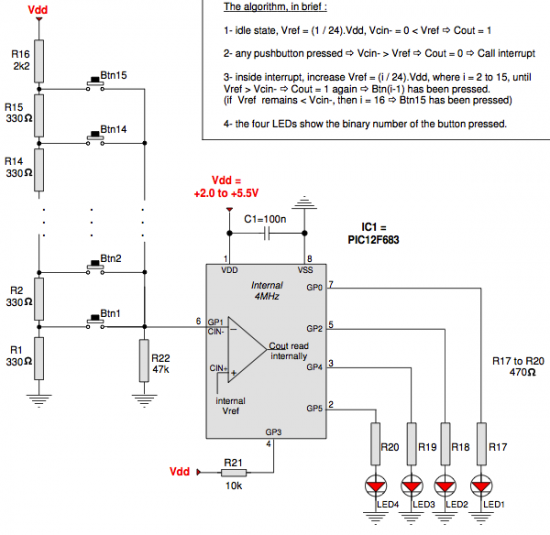FlowPaw: A new rapid prototyping tool for electronics and robotics
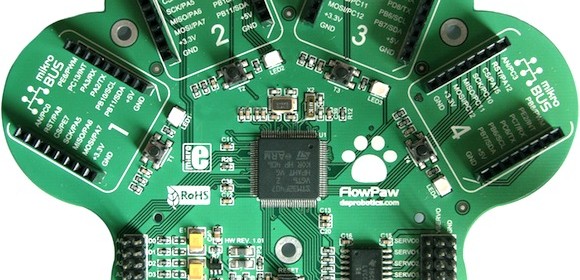
With so many other development platforms already out there in market, DSP Robotics, in collaboration with MikroElektronika, is going to introduce a new tool, FlowPaw, for rapid prototyping with electronics and robotics. FlowPaw is an expandable development board that carries a STM32F415RG MCU and four mikroBUS™ sockets, which provides a simple Plug-and-Play solution for connecting mikroElektronika’s several dozens of accessory boards called Click Boards. The Click boards are available for a wide range of applications including GPS, WiFi, MP3 decoding, Bluetooth, CAN, IrDA, GSM, and Ethernet. The FlowPaw is programmed directly through a PC USB port using FlowStone, a drag-and-drop programming tool. For those who are interested in getting a first-hand experience with FlowPaw, DSP Robitics is currently running a crowdfunding campaign over Kickstarter.
